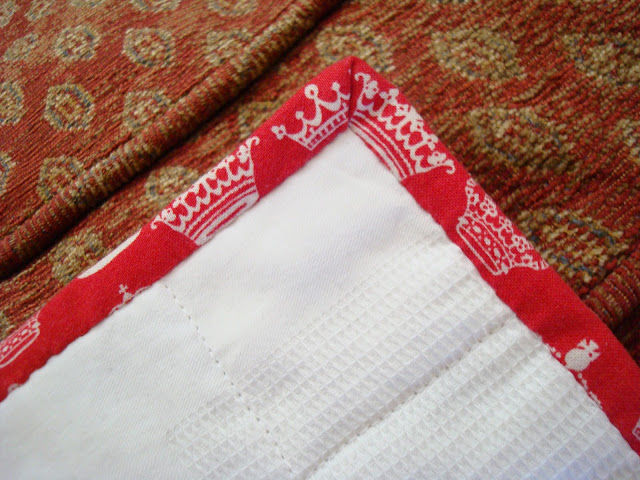Here at Oil and Thread things hotting up with the Negroni shirt and I am beginning to feel the pressure!
The first job today was to pleat the back of the shirt...
... and baste [tack?] the pleats in place. I used the longest stitch setting on the Singer 201K which runs to six stitches per inch or four millimetres in "new money"
Then I sewed the outer yoke to the back of the shirt. I'm always sort of surprised as my projects begin to resemble the garments they are supposed to be but this really does look like the back of a shirt!
Adding the shirt fronts was fairly straight forward. I couldn't resist draping this shirt-like item over my shoulders - just to see.
Then I waded straight in and added the collar to the back yoke. So far everything is lining up pretty well, notches, circles etc. The directions are to "Baste the collar in place, using a 3/8" seam allowance". This has been the hardest step so far. I think the problem arises from the need to attach a curved edge (the neck line) to a straight edge (the collar) coupled to my inexperience. My last job today was to baste a small loop for the top button onto the left shirt front. You might be able to spot it under the mass of thread.
That's all for today. The next step; Attaching the facing and inner yoke looks like a biggie and I think I need to come to it fresh. We'll see how it goes.



















































